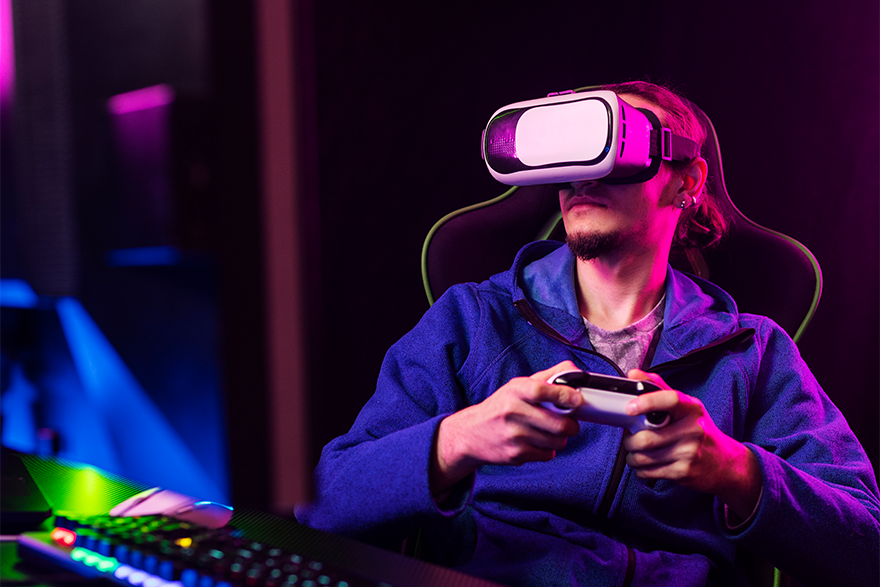Anyone over the age of 30 who has been lucky enough to have a video game console at home has heard mum or dad say “quit it and do something productive”. Contrary to this notion, today the gaming industry has experienced exponential growth, surpassing the entertainment industry.
It is no longer a pastime for the few, but a form of mass communication that connects people of all ages and profiles around the world. This interactivity has led brands to see gaming as an opportunity to improve their relationship with their audiences and increase their value and engagement.
Today, companies across all industries are finding that the dynamics of gaming allow them to connect with a broader audience, creating stronger and more lasting relationships regardless of age, gender or socio-economic level. As if that were not enough, these experiences can provide valuable insights into consumer behavior.
On the audience side, gaming creates something that consumers have always valued: a fully personalized experience. When Juan starts playing one of these games, he is embarking on a journey that will be different from that of Maria or Juan himself if he decides to play again. Each of these games, if well planned, designed and executed, will create a good user experience and directly or indirectly increase the perceived value of the brand.
Creating an enjoyable gaming experience that meets a brand’s strategic objectives is a collaborative effort between the company and the gaming team that develops it. From this continuous feedback, teams like Siltium build a narrative and a universe that represent the company and allow it to achieve its objectives.
The complexity of the game will depend on its purpose. The fundamental thing is not to lose the ability to empathize with the user and understand their deepest needs in order to respond not only to the playful question but also to the specific needs of the brand.
Nike, for example, participates in universes such as Roblox, building a gamified reality that already has 10 million users around the world. Other brands, such as Nestlé, use games to help their employees learn processes. Users take on the role of a factory worker who has to perform food safety tasks in a factory and follow instructions correctly to avoid contaminating food.
In fact, at Siltium we have developed games for 100% recreational purposes and others as part of an experiential marketing dynamic for companies in different sectors, from food to insurance.
The kids that mum and dad used to send out to do something productive are still doing it, but with a small difference: as adults, they have been able to see in games a unique opportunity to meet consumers, and they are monetizing this to the benefit of the companies they work for.
All that is needed is the courage to read the moment, to take the initiative and to recognize the need. As the process continues, the Siltium team will be responsible for turning the challenge into a growth opportunity.



